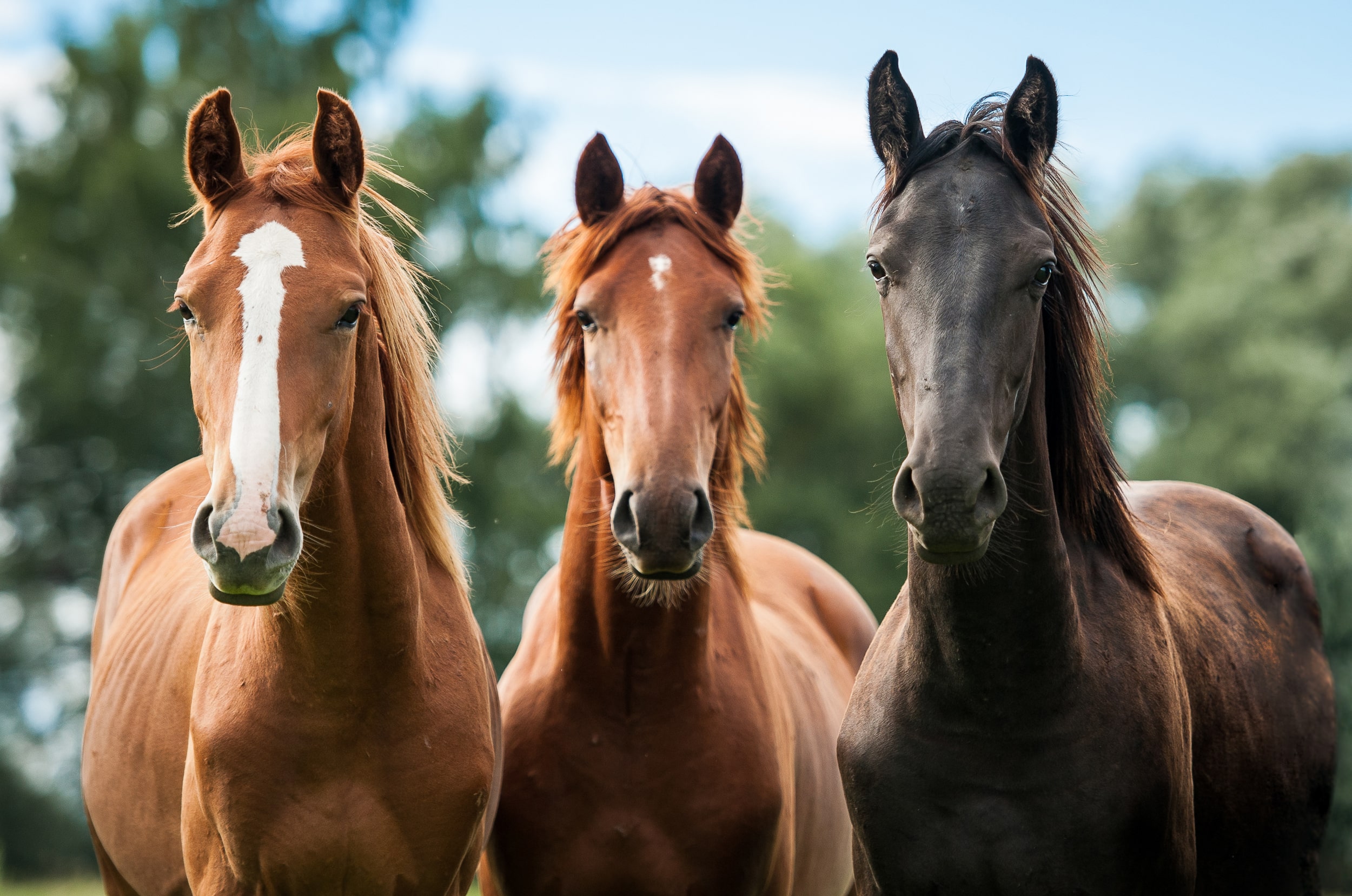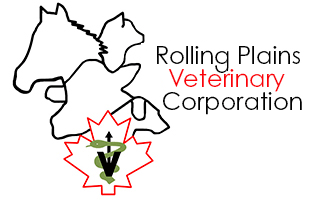
Cattle and Horses: The Evolution of Behavior from Wild Ancestors to Domestic Companions
December 30, 2024 6:10 pm Leave your thoughts
Throughout history, humans have forged remarkable relationships with animals, particularly cattle and horses. These animals, once roaming freely as undomesticated animals in the wild, have evolved through domestication to become integral to agriculture, transportation, and companionship. Let’s explore the fascinating journey of cattle and horses from their wild ancestors to the reliable partners they are today, highlighting the behavioral changes that have shaped their roles in human society.
The Origins: Wild and Free
Before cattle and horses were integral to farms and fields, they roamed the wilderness as undomesticated animals. Wild cattle, known as aurochs, lived across Europe, Asia, and North Africa, thriving in diverse habitats. Horses, originally native to the grasslands of Central Asia, evolved as prey animals with strong instincts to flee from predators.
Both species developed behaviors to survive their environments. Aurochs were formidable creatures, with their imposing size and strength serving as deterrents to predators. Horses relied on speed and agility, often traveling in herds for safety. These early behaviors—flight response, herd mentality, and heightened sensory awareness—laid the foundation for their domestication.
The Domestication Process: From Fear to Familiarity
Cattle: From Aurochs to Dairy Cows
The domestication of cattle began around 10,000 years ago in the Fertile Crescent. Early humans selectively bred aurochs for traits such as smaller size, docility, and milk production. Over time, the intimidating wild aurochs gave way to the familiar cows, bulls, and steers we see today.
This transition involved a significant shift in behavior. Wild aurochs were territorial and aggressive, but domestication favored calmer temperaments that allowed for close human interaction. The ability to form routines, such as milking schedules and feeding patterns, became central to their domesticated behavior. Today’s cattle retain a herd mentality, but their bond with humans has grown through generations of positive reinforcement and mutual dependence.
Horses: From Prey to Partners
The domestication of horses began around 6,000 years ago, likely in what is now Kazakhstan. Early humans recognized their potential for transportation and labor, selectively breeding horses that were less skittish and more willing to trust humans.
Domesticated horses underwent significant behavioral changes. While wild horses were flighty and hypervigilant, domesticated horses learned to adapt to human leadership. They became responsive to training, able to follow commands, and even develop unique bonds with their handlers. Despite their domestication, horses still exhibit some wild traits, such as a strong desire for social interaction within herds and a sensitivity to environmental changes.
Behavioral Evolution: Instincts That Persist
While domestication has transformed cattle and horses in many ways, some behaviors from their wild ancestors remain deeply ingrained. Understanding these instincts helps us work harmoniously with them.
Herd Mentality
Both cattle and horses are herd animals, a behavior that originates from their survival strategy in the wild. In groups, they find safety and comfort, whether grazing in pastures or working together in teams. This natural tendency makes them easier to manage on farms, as they instinctively follow the leader—be it another animal or a human.
Fight or Flight
Even after millennia of domestication, the “fight or flight” response is still prominent, especially in horses. Sudden movements, unfamiliar noises, or perceived threats can trigger a reaction. Cattle, on the other hand, lean more toward fight than flight in threatening situations, a vestige of their formidable wild ancestors.
Grazing and Foraging
Both species have retained their wild grazing habits. Horses prefer constant, slow grazing throughout the day, mimicking their ancestors who roamed the steppes for food. Cattle, too, are ruminants designed to graze for hours before resting to chew cud. These behaviors are crucial to their health and well-being.
The Roles of Cattle and Horses in Human Society
Cattle: Providers and Partners
Cattle have been indispensable to human civilization, providing milk, meat, leather, and labor. Beyond their physical contributions, their gentle and predictable behavior has made them symbols of agricultural prosperity.
Over time, cattle have even become pets for some people, loved for their unique personalities. Yes, cows have personalities! Some are curious and playful, while others are more reserved and cautious. Their ability to recognize humans, remember routines, and form bonds highlights how far they’ve come from their untamed ancestors.
Horses: Companions in Work and Play
Horses have played an equally transformative role in human society. From ancient chariots to modern dressage, their adaptability and willingness to work with humans are unparalleled. Beyond work, they offer companionship and emotional support, becoming therapy animals, show stars, and beloved pets.
Interestingly, modern horses display behaviors that suggest they genuinely enjoy human interaction. Many horse owners report their animals seeking attention, showing affection, and even displaying jealousy—traits that would have been unheard of in wild horses.
The Science Behind Behavioral Changes
The behavioral evolution of cattle and horses is a result of both selective breeding and environmental conditioning. Key factors include:
Neuroplasticity
Cattle and horses possess neuroplasticity, allowing their brains to adapt and form new behaviors over time. Positive reinforcement, such as treats or gentle handling, encourages learning and builds trust between humans and animals.
Hormonal Changes
Domestication has altered the hormonal makeup of these animals, reducing stress-related hormones like cortisol and increasing oxytocin, which is linked to bonding and trust. These changes make domesticated cattle and horses more inclined to interact positively with humans.
Generational Conditioning
Behavioral traits are passed down through generations. For example, cattle raised in calm environments with human interaction are likely to produce offspring that are also more docile and comfortable around people.
Challenges in Maintaining Domestic Behavior
While domesticated cattle and horses generally thrive in human care, their wild instincts can sometimes resurface. Stress, poor handling, or environmental changes can lead to behavioral issues, such as aggression in cattle or anxiety in horses.
Preventive Measures for Behavioral Health
- Provide Enrichment: Offering varied activities, such as pasture rotation or obstacle courses, can keep their minds engaged.
- Maintain Social Bonds: Herd animals need interaction with others, whether it’s their own kind or trusted humans.
- Regular Health Checkups: Physical discomfort can lead to behavioral problems, so regular veterinary care is essential.
What the Future Holds
The domestication of cattle and horses is a testament to human ingenuity and the incredible adaptability of these animals. As we continue to learn more about their behavior and needs, advancements in animal care and training will further enhance our relationship with them.
From developing stress-free environments to implementing new training techniques, the future of cattle and horse domestication will likely focus on improving their quality of life while deepening the bond between humans and animals.
Why Understanding Behavior Matters
Whether you’re a rancher, equestrian enthusiast, or pet owner, understanding the behavioral evolution of cattle and horses helps build stronger, more rewarding relationships. It allows us to appreciate their journey from wild ancestors to loyal companions, fostering empathy and respect for these incredible animals.
Rolling Plains Veterinary Corporation: Your Trusted Partner in Animal Care
At Rolling Plains Veterinary Corporation, we celebrate the unique evolution of cattle and horses and their vital role in human life. Our dedicated team provides comprehensive care, from preventive medications to emergency treatments, ensuring your animals stay healthy and happy. Whether you’re caring for cattle, horses, dogs, or cats, we’re here to provide the expertise and support you need.
Ready to give your animals the best care possible? Contact us today and experience the peace of mind that comes from working with seasoned professionals. Let us help you nurture the bond between you and your animal companions!
Categorised in: Cattle Care, Horse Care
This post was written by Dr. Marc Phillipot
